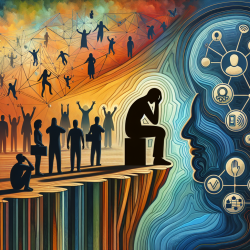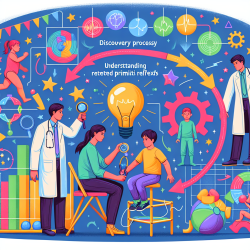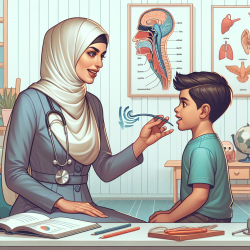Introduction
As a speech-language pathologist (SLP) dedicated to improving outcomes for children, integrating insights from diverse therapeutic disciplines can be highly beneficial. The 2022 Research and Thesis Poster Session of the 57th Annual American Dance Therapy Association Conference provides valuable findings that can enhance our practice. This blog explores how dance/movement therapy (DMT) can inform and improve speech-language pathology interventions, particularly for children.
Key Findings from the Conference
The conference highlighted several studies that demonstrate the potential of DMT in various therapeutic contexts. Notably, the research on DMT’s impact on executive functioning (EF) skills in children and its role in trauma healing offers actionable insights for SLPs.
Dance and Executive Functioning Skills of Children
Jessica Mattingly, Courtney Trevino, and Emily Lund conducted a scoping review on the impact of dance on children’s EF skills. Their findings indicate that structured dance sessions can positively influence attention, memory, task shifting, inhibition, cognitive flexibility, and other EF components. Given that these skills are crucial for effective communication, incorporating movement-based activities into speech therapy could enhance cognitive and linguistic outcomes for children.
Dancing Through Trauma
Morgan Ose’s research explored the use of DMT with male-identifying survivors of sexual assault. Although the study’s results were inconclusive on a group level, individual improvements suggest that DMT can be a valuable tool for trauma recovery. For SLPs working with children who have experienced trauma, integrating movement-based therapeutic techniques could provide a holistic approach to healing, addressing both emotional and communicative needs.
Implementing DMT Insights in Speech-Language Pathology
To leverage these findings, SLPs can incorporate specific DMT techniques into their practice. Here are some practical steps:
- Integrate Movement into Sessions: Use dance and movement activities to enhance EF skills. For example, structured dance routines can improve sequencing and working memory, which are essential for language development.
- Address Trauma through Movement: For children with a history of trauma, incorporating gentle, expressive movements can help them process emotions and improve their communication skills.
- Collaborate with Dance Therapists: Partnering with certified dance/movement therapists can provide additional support and expertise, creating a multidisciplinary approach to therapy.
Encouraging Further Research
While the existing research provides a solid foundation, further studies are needed to explore the full potential of integrating DMT into speech-language pathology. Practitioners are encouraged to document their experiences and outcomes, contributing to a growing body of evidence that supports the efficacy of these combined approaches.
Conclusion
Incorporating insights from dance/movement therapy can significantly enhance speech-language pathology practices, particularly for children. By integrating movement-based activities, addressing trauma holistically, and collaborating with dance therapists, SLPs can create more effective and comprehensive therapeutic interventions.
To read the original research paper, please follow this link: Abstracts from the 2022 Research and Thesis Poster Session of the 57th Annual American Dance Therapy Association Conference, Renewed Connections: Dance/Movement Therapy Fostering Community Healing, October 27–30, 2022.










